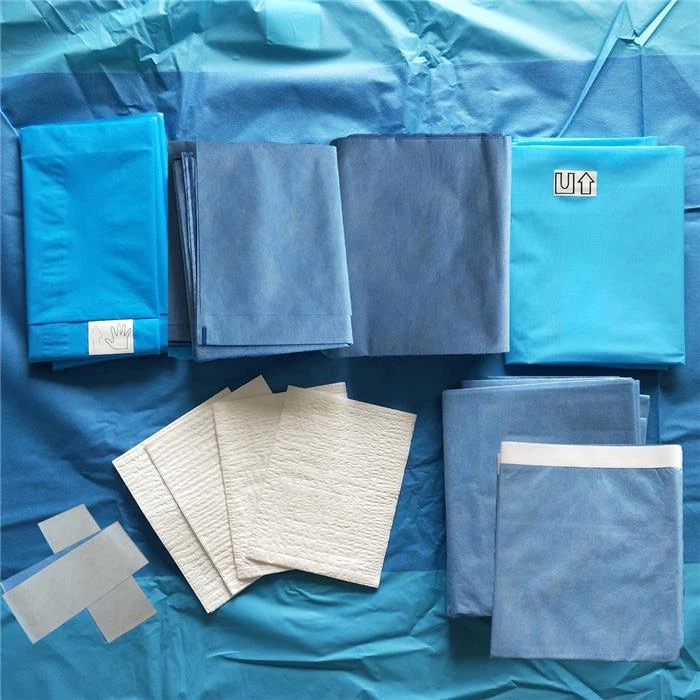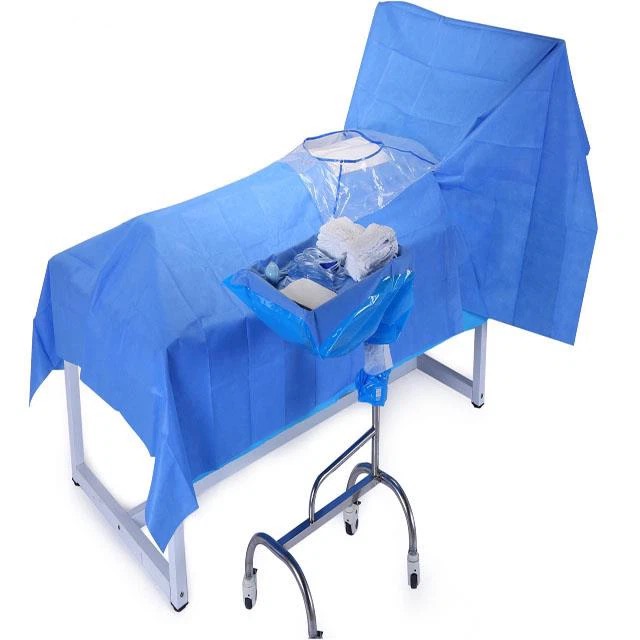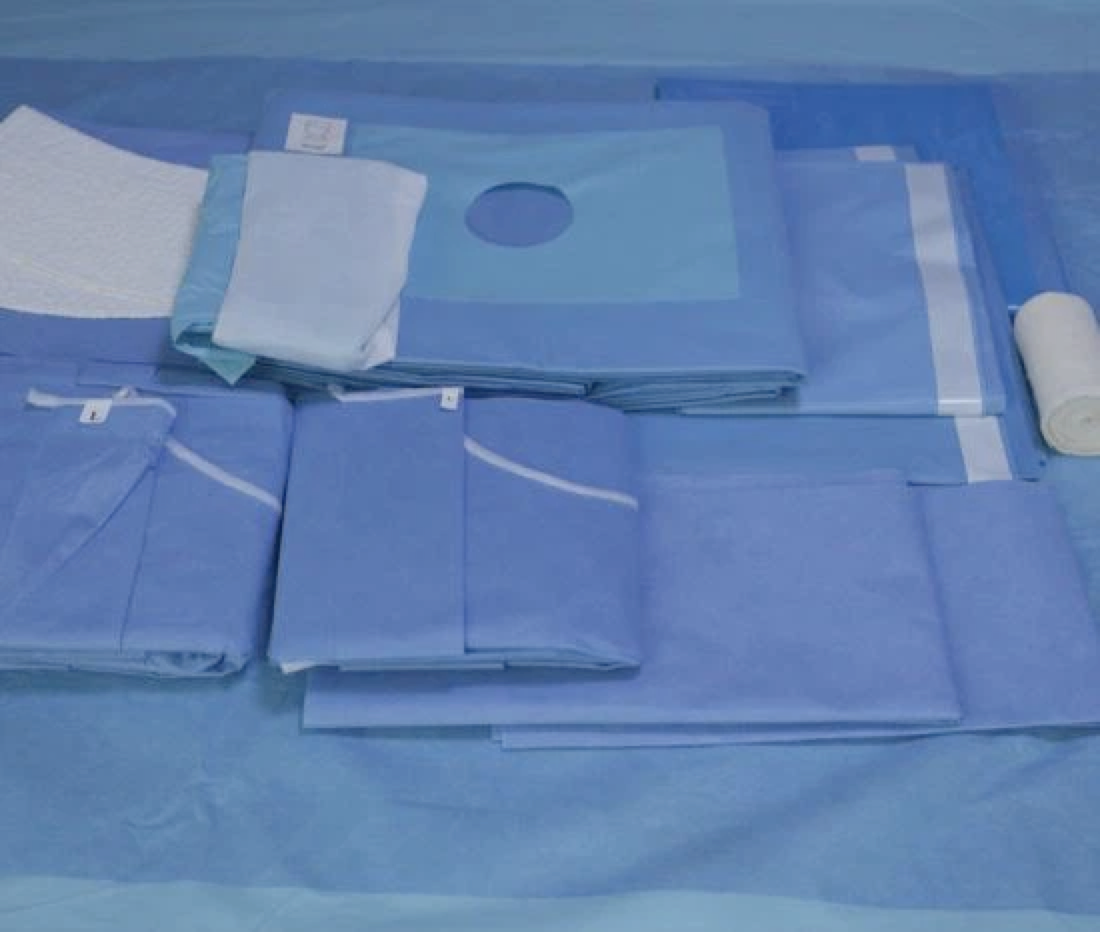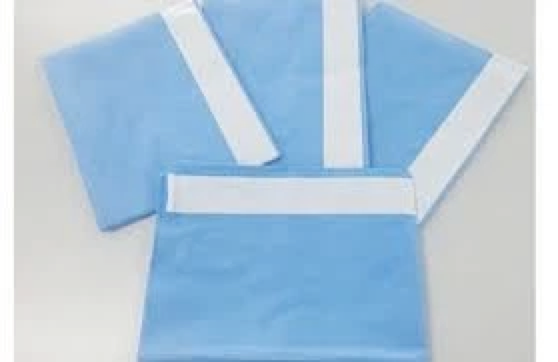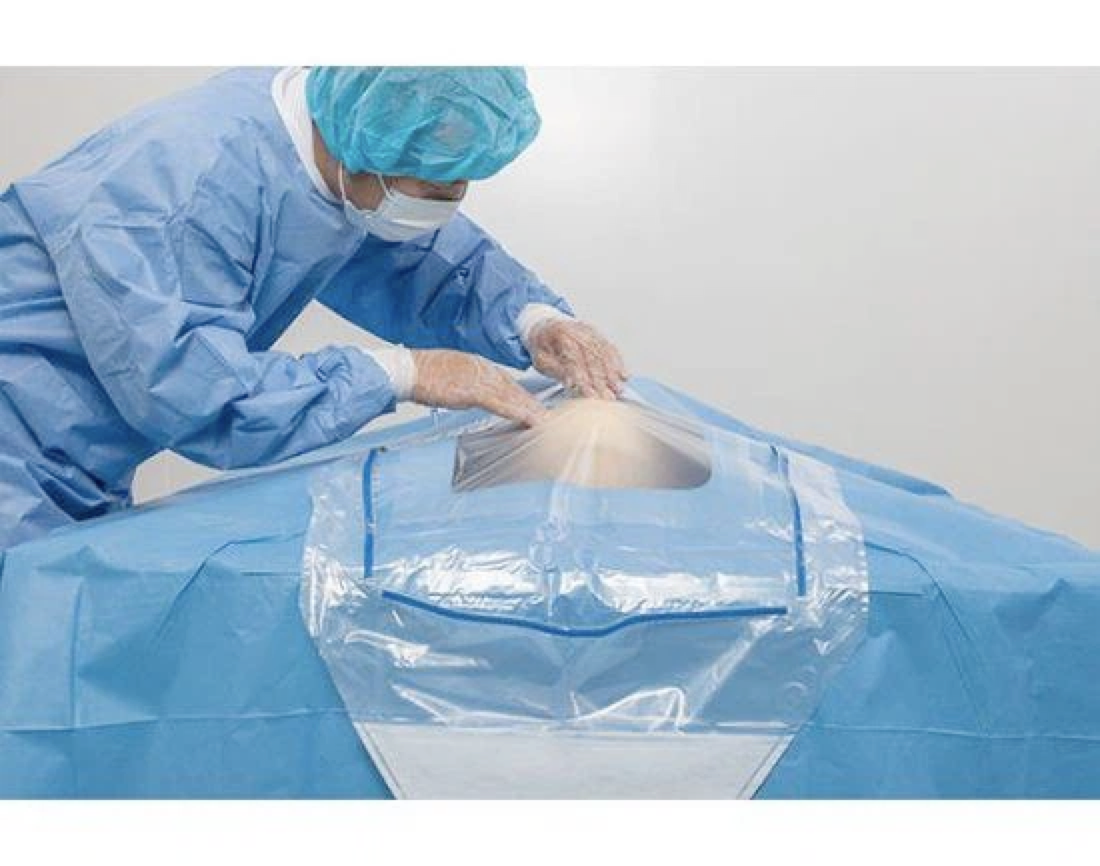Operating theatre as a high-risk department of hospital infection, strengthen the infection control and management of operating theatre, especially clean operating theatre is an important part of the success of surgery. The operating room is responsible for surgery and rescue of acute and critical patients, the workload is large and heavy, if the operating room infection control is not done, will significantly increase the risk of postoperative infection in patients, prolonging the recovery time, affecting the effectiveness of surgical treatment, surgical infections are serious and even directly endanger the lives of patients.
Medical staff
1. Surgical Gowns
Surgical gowns are surgical instruments (clothing) worn by the surgeon during surgery to protect the surgeon from contamination by microorganisms, body fluids and particulate matter.
As one of the most important parts of occupational protection, the basic function of a surgical gown is to create an effective barrier between the non-sterile and sterile areas to achieve two-way protection for patients and medical staff.
Surgical gowns should comply with EN 13795 and AAMI PB70 testing and certification, waterproof, breathable, non-flocculent, anti-static, multiple reuse and other functions in line with the hospital's needs for a clean operating room environment, effective protection of healthcare workers, reduce the risk of healthcare institutions of healthcare-induced infections.
AAMI PB70 specification classifies the protective properties of surgical gowns.
EN 13795 specifies the level of protection for different parts of surgical gowns.
2、Brushing gown
Specially designed for operating theatre medical personnel. It has the features of anti-dandruff, anti-static, breathable and comfortable, tear-resistant, wear-resistant and non-flaking, and it can block the air pollution in the operating room caused by the shedding of dander and microorganisms carried by the medical staff.
3、Surgical cap and mask
When the operator speaks, breathes, coughs, sneezes and other activities, may make the respiratory tract bacteria discharge, so into the operating theatre must wear a hat, mask. The hat should cover the hair and should not be exposed, and the mask should cover the mouth and nose. It should be made of long-fibre polyester fibre material, which does not produce dust; the inner layer is absorbent and can quickly absorb sweat; it is non-slip, breathable and has good comfort.
II. Surgical patients
1、Sterile sheet (surgical cavity towel, surgical sheet)
Aseptic area should be built during surgery. That is, after laying the sterile dressing, the instrument table and the upper part of the surgical table, the front of the operator's surgical gown (above the waist, below the shoulder, in front of the axillary line), as well as the hand to the elbow are regarded as the sterile area. Sterile instrument tables should be made of single-layer, bacteria- and water-resistant sterile sheets made of long-fibre polyester fibre material, with properties in accordance with the requirements of EN 13795. The sterile sheet should be laid in such a way that it hangs down more than 30cm around the perimeter and is more than 20cm above the floor.
2、Dressing for sterile sheet--Liquid collection bag
The purpose of the matching steam sterilised reusable surgical drapes is to collect fluids during surgery.
3、Sterile Single Dressing - Water Soluble Tape
Matched with reusable surgical drapes, it facilitates the fixation of the drapes around the surgical incision, protects the patient's skin and creates a sterile, hygienic protective barrier.
Dressing for surgical instruments
1、Packaging material-Wrapping cloth
Surgical dressings are directly sent to the central supply room packing room packaging, not only to avoid contamination of sterile packages in the transport process, but also to avoid contamination of the operating room air. Wrapping cloths should have the characteristics of bacteria-blocking, breathable, non-flocculating and anti-static, providing environmental and biological barriers. The wrapping cloth can form an effective sterile barrier after sterilisation with a storage cycle of 180 days.
2、Anti-moisture padding towel
Ultra-absorbent and hard-wearing. Absorbent pads for instrument bag mesh frames.
3、Instrument table cloth
Create a sterile barrier to prevent recontamination of sterile surgical instruments and dressings.
Operating Room Cleaning
Due to the special characteristics of the clean operating room, the operating room must be daily pre-operative, post-operative surgical room walls, floors, instrument vehicles, surgical beds, shadowless lamps and door handles, etc., thoroughly disinfected, with water and disinfectant wiped once for cleaning and sanitation disinfection.
1、Wiping Towel
Long-fibre polyester material, super-absorbent. Wear-resistant, high wiping efficiency, does not scratch the smooth surface, can be used simultaneously with cleaning agents and most solvents. No flocculation, no dust production. Anti-slip treatment, cotton feel.
2、Absorb liquid on the ground
Made of ultra-fine long-fibre polyester fibre material with absorbent, abrasion-resistant and non-flocculating properties for floor cleaning and disinfection. When there are obvious contaminants of blood and body fluids on the floor of the operating theatre, the wipes should be used to remove the contaminants, then the wet wipes soaked with disinfectant should be used for cleaning, and finally the dry wipes should be used to keep them dry.
